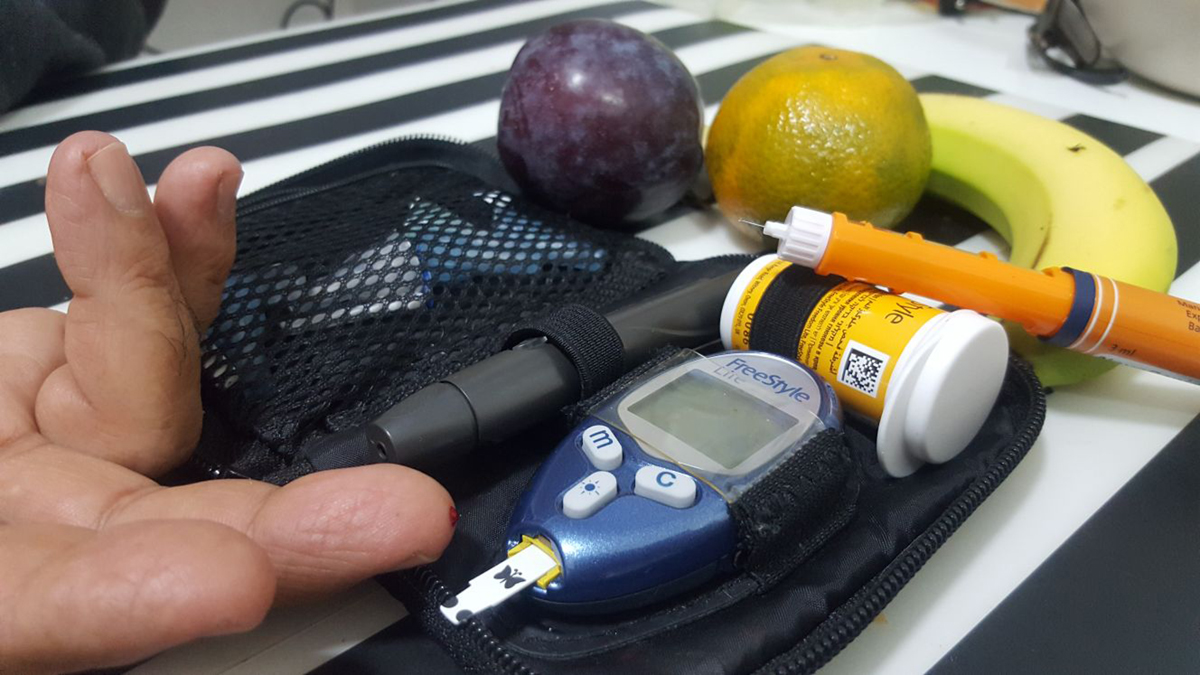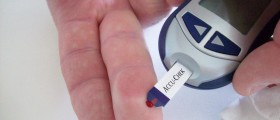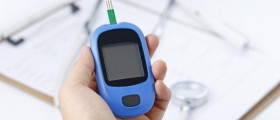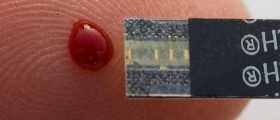
What is Border Line Diabetes?
Borderline diabetes is a term which may refer to a few different conditions but it predominantly refers to type 2 diabetes. Up until recently borderline diabetes was a term for a condition in which the level of glucose was between 140 and 199 mg/dl at the two-hour measurement during the oral glucose test. Even the level of glucose between 110 and 125mg/dl was considered as borderline diabetes in people who were fasting.
Borderline diabetes is now termed as type 2 diabetes. This type of diabetes features with impaired glucose tolerance and is considered as pre-diabetic condition. Being a pre-condition border line diabetes requires strict dietary regimes and some medications which will partially prevent progression of the disease and occurrence of type 1 diabetes.
Doctor's Role
The doctor is supposed to inform the patient about all the information related to the disease. S/he needs to prescribe adequate dietary regimes which will bring sugar level under control. In case that level of glucose cannot be normalized with dietary changes the doctor prescribes certain medications. It is essential for a patient to pay close attention on the diet and to take medications regularly. During the treatment the patients are due to measure level of glucose in the blood and report any increase to the doctor.
The doctor also recommends certain measures which will help in maintaining of desirable levels of sugar in blood. For example, patients are encouraged to engage in physical activity which suits best their current health condition. Furthermore, they are advised to learn how to cope with stress since stress may be another contributor of increased level of glucose in the blood. Being able to stick to all the rules the patients may succeed in maintaining satisfactory levels of glucose in the blood and maybe prevent occurrence of type 1 diabetes.
The Prognosis of Borderline Diabetes
At any time borderline diabetes may turn into type 1 diabetes. This occurs if one does not stick to proper dietary regimes, exercises regularly and reduce exposure to stress. The occurrence of type 1 diabetes features with specific symptoms and signs and one of the more prominent is noticeable increase in level of glucose in the blood. Type 1 diabetes can be very dangerous and cause certain acute syndromes and it also induces damage to many organs over years especially if not treated properly. Patients suffering from type 1 diabetes require insulin for lifetime and they are taught how to adapt application of insulin according to the level of glucose in their blood and additional factors.

















Your thoughts on this
Loading...